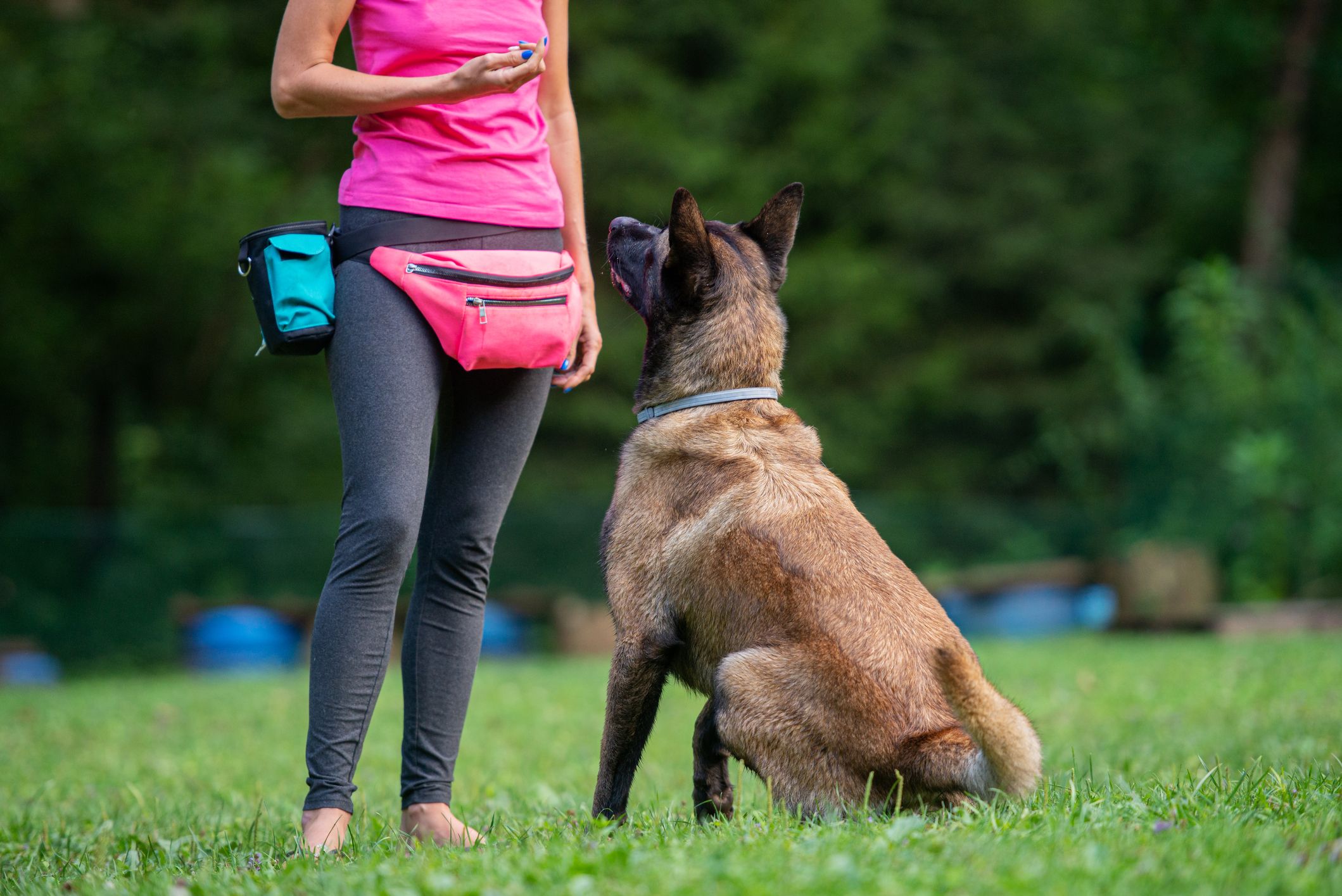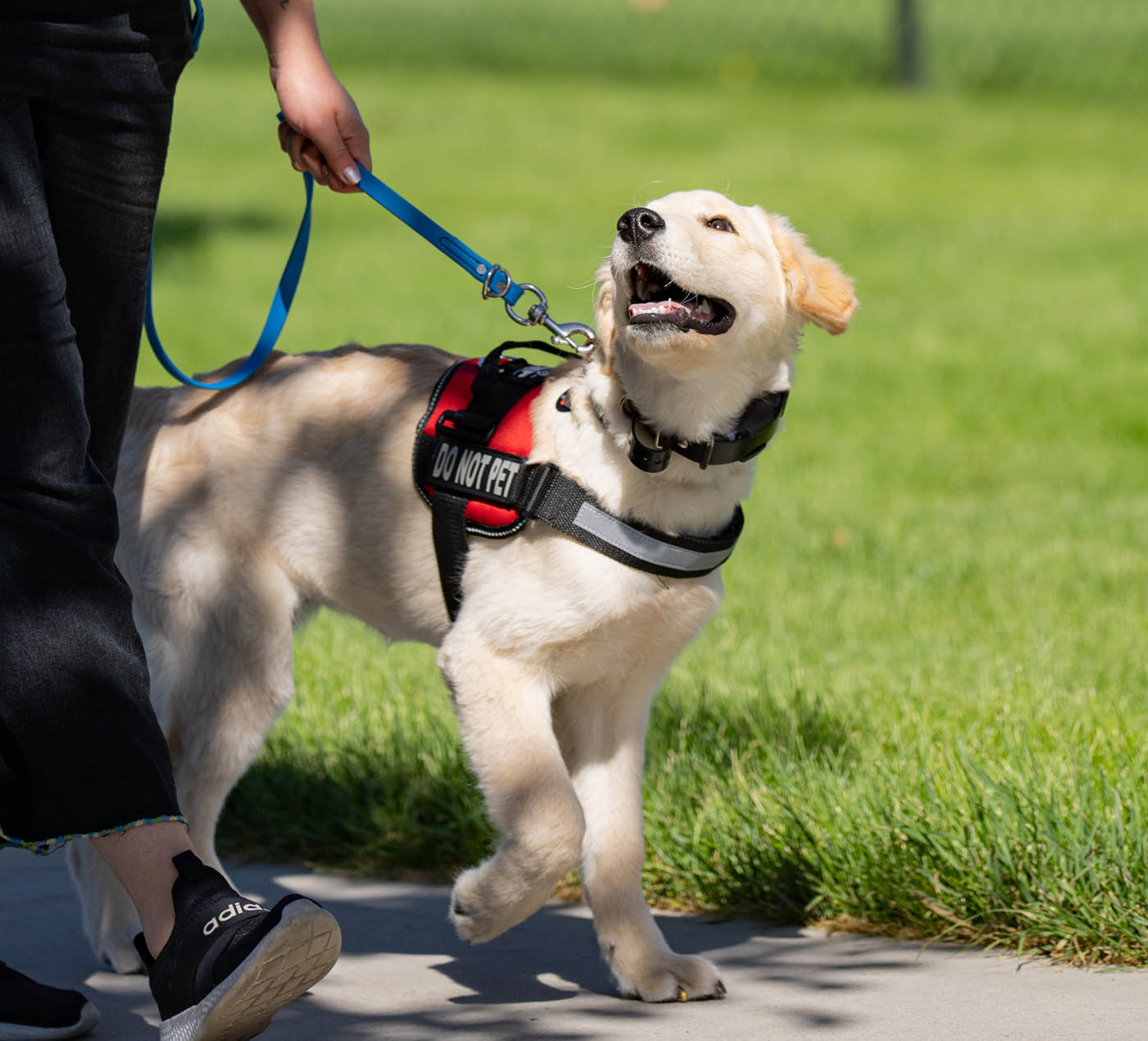Find the Best Dog Training Near Me for Effective Obedience and Behavioral Solutions
Find the Best Dog Training Near Me for Effective Obedience and Behavioral Solutions
Blog Article
Newbie's Overview to Successful Dog Training in the house
Effectively training a pet dog at home needs a nuanced understanding of canine habits and effective communication approaches. Developing clear training goals, making use of high-grade rewards, and keeping consistency across family participants are important aspects. Incorporating training into day-to-day routines can boost both interaction and retention. Numerous beginner fitness instructors run into difficulties that may prevent development. To browse these intricacies properly, it's important to explore a number of essential facets that can change your strategy and cause an unified connection with your pet. What basic principles should every beginner grasp to make sure success?
Recognizing Canine Behavior
Recognizing canine actions is necessary for effective training and cultivating an unified connection in between people and their canine friends - Puppy Training. Canines communicate mostly through body movement, vocalizations, and face expressions, making it essential for proprietors to interpret these signals properly. Recognizing habits such as tail wagging, growling, or trembling can provide insights right into a canine's mood and intentions
Furthermore, recognizing the all-natural instincts of pet dogs, such as their pack mentality, assists proprietors establish management roles within the home. This is essential for producing an organized environment where pet dogs really feel protected and are a lot more receptive to training. Canines are additionally affected by their socializing experiences; very early exposure to different settings, people, and other pets can considerably form their actions later in life.
Common behavior concerns, such as aggressiveness, anxiety, or extreme barking, frequently originate from misunderstandings or unmet requirements. Observing and addressing these issues immediately can avoid rise and make certain a positive training experience. By promoting a deep understanding of pet behavior, owners can tailor their training techniques to fit their canine buddies, eventually bring about a pleased and well-behaved animal.

Important Training Devices
A fully equipped training space can significantly boost the efficiency of dog training in the house. Necessary training tools make sure that both the fitness instructor and the dog can participate in productive sessions that foster understanding and bonding.

Spending in a sturdy leash and a comfortable, well-fitting collar or harness is vital for security and control. These tools help establish limits and make sure the pet remains protected throughout training. In addition, a marked training location, devoid of disturbances, help focus for both the fitness instructor and the canine.
Training help such as training pads, cones, or dexterity devices can likewise enhance the experience by presenting selection and challenges. Last but not least, having a note pad or electronic app for tracking development can be invaluable, permitting you to note successes and areas for enhancement. Utilizing these important devices More hints will create a favorable training environment and lay the structure for effective learning.
Producing a Training Regimen
Establishing a consistent training regimen is important for reliable canine training in the house. A well-structured routine not just helps in enhancing preferred behaviors however also offers your pet dog with a complacency and predictability. To create a reliable training routine, start by identifying certain training objectives, such as fundamental commands, chain walking, or house-training.
Select a designated time daily for training sessions, preferably when your pet dog is receptive and sharp. Procedure should be short, around 5 to 15 mins, to maintain focus and stop exhaustion. Consistency in timing and environment will boost your dog's knowing experience.
Include training into daily tasks to enhance abilities. Practice commands during walks or mealtime, which incorporates learning into natural regimens. In addition, continue to be flexible and change the regular as necessary, fitting your canine's power degrees and state of mind.
Favorable Support Strategies

When implementing favorable support, it is vital to pick benefits that are encouraging for your pet dog. High-value treats, such as little items of chicken or cheese, can be particularly efficient during training sessions. Additionally, varying the incentives can maintain your pet dog's passion and interest.
Begin with basic commands, like "sit" or "remain," and gradually development to more complicated tasks. Consistency is vital; guarantee that all relative utilize the very same commands and reward systems to stay clear of confusion.
In addition, it is important to stay patient and click here to read prevent aggravation. Pets, like humans, find out at their own pace. By promoting a helpful training setting through positive reinforcement, you can improve your pet's learning experience while enhancing the bond in between you and your hairy friend, preparing for successful training results.
Typical Educating Challenges
While educating a dog in the house can be a original site gratifying experience, it typically includes a set of typical obstacles that can check both persistence and uniformity. One common problem is distraction. Dogs may become quickly averted by sounds, activities, or perhaps aromas in their setting, making it challenging to keep their emphasis throughout training sessions.
An additional difficulty is incongruity in commands and reinforcement. It can prevent and puzzle the pet dog progress if household members use different hints or rewards. Developing a unified technique is important for efficient communication.
In addition, pet dogs can experience irritation or stress, specifically if they do not recognize what is expected of them. This can bring about unfavorable behaviors, such as barking or eating.
Lastly, the timing of support is important. Postponed benefits can decrease the performance of positive support, as canines may stop working to connect the behavior with the incentive.
Getting rid of these challenges calls for dedication, clear interaction, and a structured training strategy - Puppy Training. Identifying and dealing with these usual obstacles will certainly lead the way for an extra delightful and successful training experience in the house
Verdict
In conclusion, successful pet training at home demands a detailed understanding of canine habits and effective interaction approaches. By developing clear training objectives and using high-grade deals with alongside favorable support, the training procedure becomes much more fulfilling for both the trainer and the pet dog.
Establishing a regular training regimen is essential for effective canine training at home.Positive reinforcement methods are basic to effective canine training, advertising preferred behaviors via rewards instead than punishment. By cultivating a supportive training setting through favorable reinforcement, you can boost your canine's understanding experience while enhancing the bond in between you and your fuzzy friend, laying the foundation for effective training outcomes.
In verdict, successful pet training at home demands a thorough understanding of canine behavior and reliable communication methods. By establishing clear training goals and making use of top notch deals with along with favorable reinforcement, the training process comes to be more satisfying for both the instructor and the pet.
Report this page